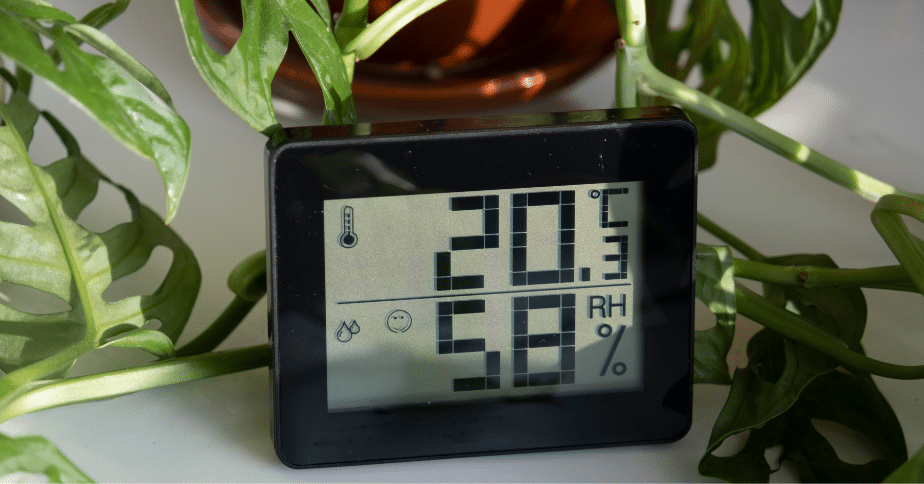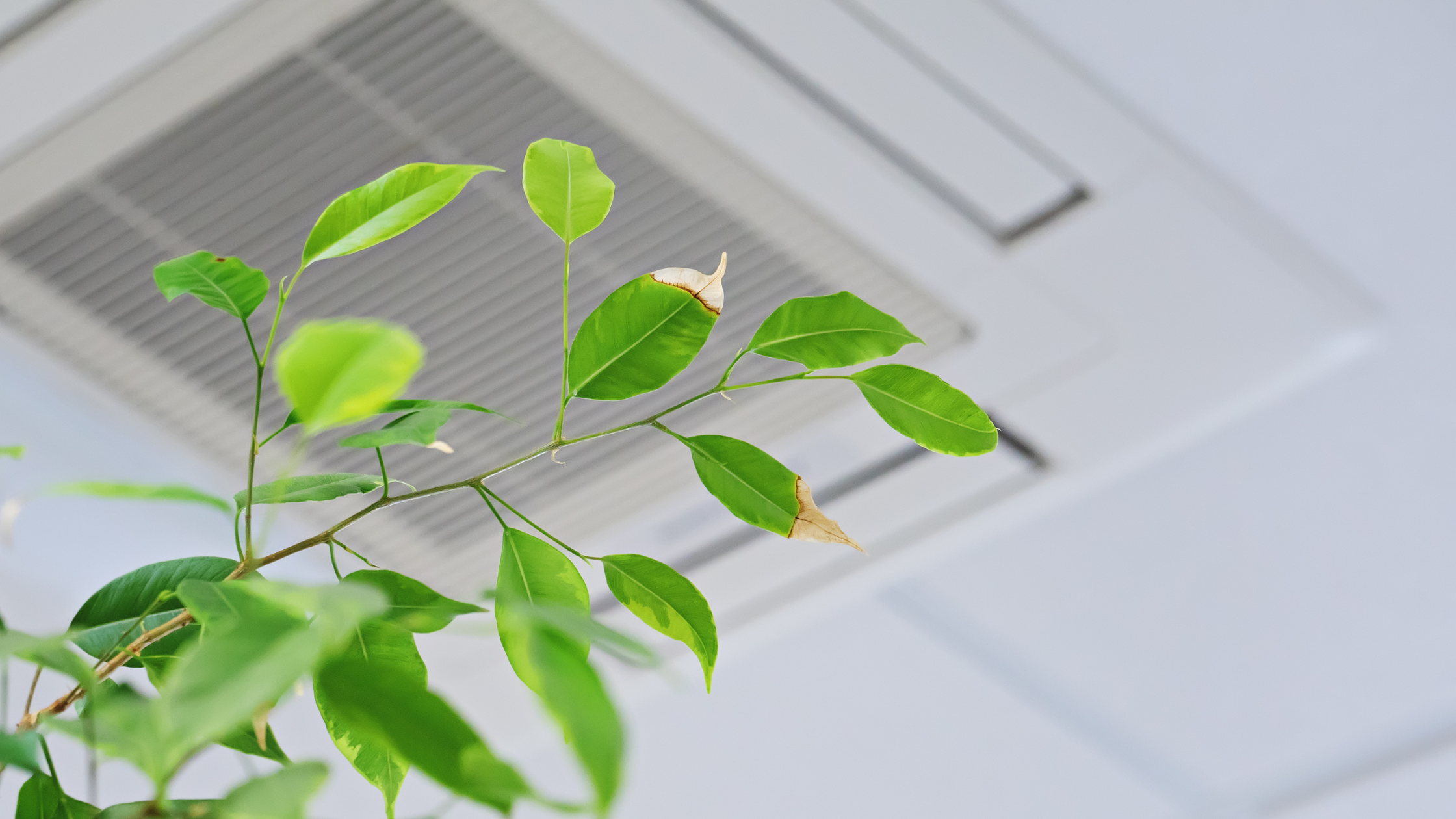The Worldwide Pest

Penicillium
Penicillium is a genus of ascomycetous fungi of major importance in the natural environment as well as food and drug production.
- Scientific name: Penicillium
- Rank: Genus
- Higher classification: Trichocomaceae
- Lower classifications: Penicillium coralligerum, Penicillium marneffei,Penicillium herquei
where it can be found
The pest I am going to tell you about is one of the most notorious creatures of its kind. This pest can be found all over the world in almost every type of setting. The most common places where this pest can be found are: soil, food, grains, carpets, wall paper, organic substances, fiber glass insulation and more. It loves to show up first to mark its territory on anything that has had water damage. There are over 200 species of this pest and some of them can produce mycotoxins (any toxic substance produced by a fungus), which is what affects humans health!
history of Penicillium
Want to know something unbelievable about this pest? This pest helped create a drug that is still used today to fight off infections that cause bacteria -Penicillin. Penicillin was discovered by Alexander Fleming after one of his staphylococci cultures was cross contaminated by mold spores from an open window nearby. It was a significant discovery in medical history and later in 1945 even won a Nobel Peace Prize.
know the dangers
All right back to what makes this pest a pest! The Worldwide Pest has a rapid growth rate and the colonies (appearance) are normally a green-bluish color but has even been spotted as yellow, white and grey green. You do not want this mold in your home! It can cause a numerous amount of health issues ranging from the simple sore throat all the way to pulmonary emphysema. Like many other molds, the pest tends to affect humans that have a weakened immune/respiratory system. The Pest can cause allergic reactions and asthma attacks so severe that sometimes people describe the reaction almost as if they were suffocating. This Worldwide Pest can produce many toxins such as: penicillic acid, peptide nephrotoxin, viomellein, xanthomegin,xanthocillin X, mycophenolic acid and more that have the ability to damage kidneys, increase the chance of cancer, as well as, leave you more susceptible to pulmonary infections.
how to know if Penicillium is in your home
The best way to find out if there is Penicillium in your home is to have your home assessed by an indoor air quality specialist; that’s where Air Quality Assessors steps in! Air Quality Assessors has a staff of fully licensed assessors who can walk through your home and take samples of anywhere they think has mold or other air quality issues. The pest can be in many different forms whether in the air as particulates or as visible mold on a material. It is best to have your home assessed to know whether the pest has reached its danger level or not. People who have compromised immune systems should take the precautionary steps and have their home assessed to help delay or stop future health problems.



